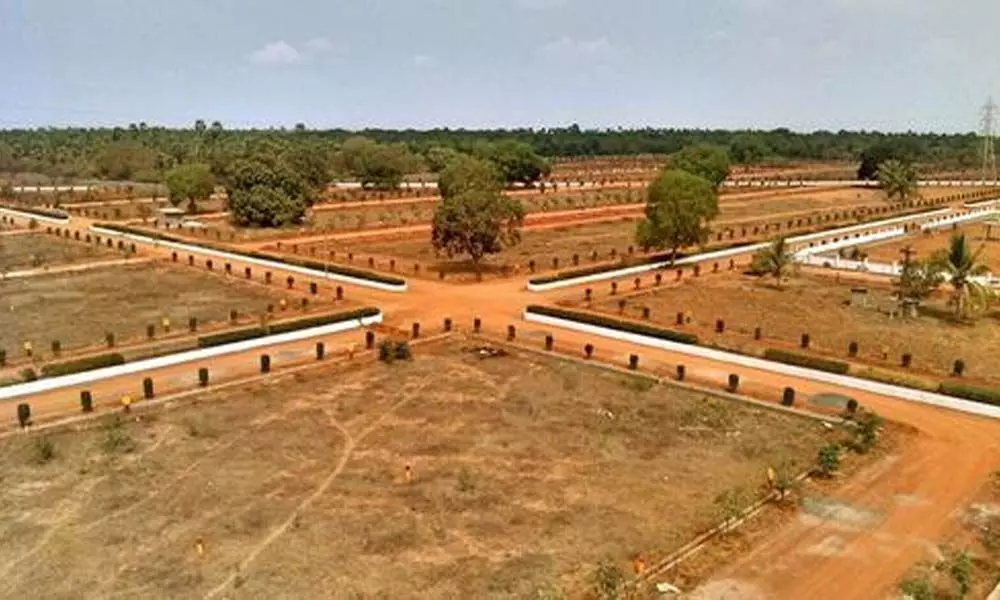The Role of Lands to Water Availability: What the Research Reveals

The Role of Lands to Water Availability: What the Research Reveals? Water is an essential resource for all life on Earth, and its availability is crucial for sustaining ecosystems, human societies, and economic development. However, water scarcity is becoming an increasingly pressing issue worldwide due to population growth, climate change, and inefficient water management. .
Water is an essential resource for all life on Earth, and its availability is crucial for sustaining ecosystems, human societies, and economic development. However, water scarcity is becoming an increasingly pressing issue worldwide due to population growth, climate change, and inefficient water management. Introduction
Water is a finite resource that is unevenly distributed across the Earth’s surface. The availability of water depends on several factors, including climate, geology, and land use. Lands play a crucial role in regulating the water cycle, influencing precipitation, evaporation, and infiltration rates. As such, land management practices can significantly impact water availability, quality, and quantity.
The Connection between Land and Water
Lands and water are interconnected through the hydrological cycle, a natural process that circulates water between the atmosphere, land, and oceans. The hydrological cycle consists of several stages, including precipitation, infiltration, runoff, evapotranspiration, and groundwater recharge. Lands play a critical role in regulating these processes by absorbing, storing, and releasing water into the environment. Vegetation, soil, and landforms are all essential components of the water cycle, and their management can significantly affect water availability.
Land Use and Water Availability
Land use change is one of the most significant drivers of water availability and quality. Land use practices, such as deforestation, urbanization, and agriculture, can alter the hydrological cycle by modifying surface and subsurface runoff, soil infiltration rates, and evapotranspiration rates. For example, deforestation can lead to decreased soil moisture and increased runoff, resulting in lower streamflow and groundwater recharge. Urbanization can also affect water availability by increasing impervious surfaces, reducing infiltration rates, and altering the natural drainage patterns of a region. Agriculture is another land use practice that can impact water availability, as it often involves the use of irrigation and fertilizers, which can lead to water depletion and pollution.
Land Use Change and Water Scarcity

Land use change can lead to water scarcity, a condition in which demand for water exceeds supply. Water scarcity can have severe consequences for human health, agriculture, industry, and ecosystems. According to the World Health Organization, 1.1 billion people worldwide lack access to clean drinking water, and 2.7 billion face water scarcity for at least one month per year. Land use practices that contribute to water scarcity include overexploitation of groundwater resources, inefficient irrigation methods, and inappropriate use of water resources.
Sustainable Land Management for Water Availability
Sustainable land management practices can help to promote water availability and quality. These practices include conservation agriculture, agroforestry, soil conservation, and integrated water resources management. Conservation agriculture involves the use of minimal soil disturbance, crop rotations, and cover crops to enhance soil fertility and water retention. Agroforestry is a land use practice that combines trees and crops to promote soil health, carbon sequestration, and water conservation. Soil conservation measures, such as terracing, contouring, and mulching, can help to reduce soil erosion and enhance water infiltration rates. Integrated water resources management involves the coordinated use and development of water resources to ensure their sustainable use for present and future generations.
Read More: 10 Reasons to Love Persian Rugs In 2023
Case Studies on Land-Water Relationships
Several case studies have investigated the relationship between lands and water availability. In the United States, for example, the Conservation Reserve Program (CRP) has been successful in reducing soil erosion, enhancing water infiltration rates, and improving water quality. The CRP is a voluntary program that pays farmers to take highly erodible lands out of agricultural production and plant them with native grasses, trees, and other vegetation. The program has resulted in the restoration of more than 2 million hectares of marginal lands and the sequestration of more than 40 million metric tons of carbon dioxide.
In China, the “Grain for Green” program has been successful in restoring degraded lands and improving water resources in the Yellow River Basin. The program pays farmers to convert croplands on steep slopes into forest and grassland, reducing soil erosion and enhancing water retention. The program has resulted in the restoration of more than 14 million hectares of degraded lands and the improvement of water resources for more than 50 million people.
Emerging Technologies and Innovations

Emerging technologies and innovations are playing a significant role in promoting water availability and sustainability. Precision agriculture, for example, uses satellite imagery, sensors, and data analytics to optimize water use and reduce waste. By monitoring crop growth, soil moisture levels, and weather patterns, precision agriculture can determine precisely when and how much water crops need, allowing farmers to irrigate more efficiently and reduce water use. Drip irrigation systems and other efficient irrigation technologies are also being developed to reduce water use in agriculture. Drip irrigation delivers water directly to the roots of plants, minimizing evaporation and reducing water loss. Other efficient irrigation technologies include micro-irrigation, which delivers water in small, precise doses, and smart irrigation systems, which use sensors and data analytics to adjust irrigation schedules based on weather conditions, soil moisture levels, and other factors. In urban areas, green infrastructure, such as green roofs and permeable pavements, can help to manage stormwater runoff and enhance water infiltration rates. Green roofs, for example, are covered with vegetation that absorbs rainwater and reduces runoff, while permeable pavements allow rainwater to seep through into the soil, recharging groundwater and reducing the risk of flooding. These emerging technologies and innovations have the potential to transform water management and promote water availability and sustainability in the face of growing water scarcity and demand.
Conclusion
lands play a critical role in regulating the water cycle, and their management practices can significantly affect water availability, quality, and quantity. Land use change is one of the most significant drivers of water scarcity, and sustainable land management practices can help to promote water availability and sustainability. Emerging technologies and innovations also hold great promise for promoting water availability and sustainability.












2 Comments